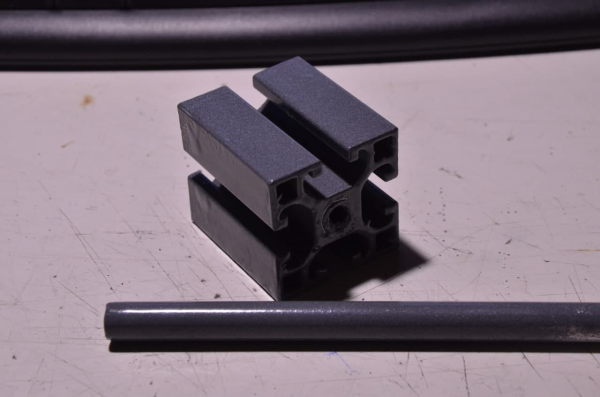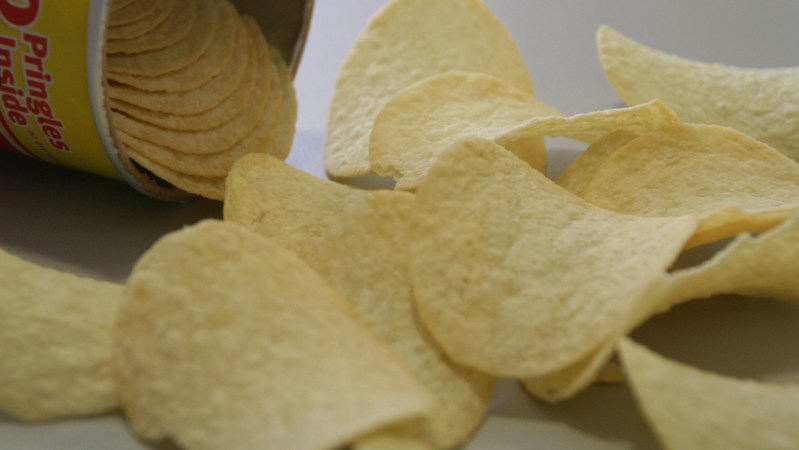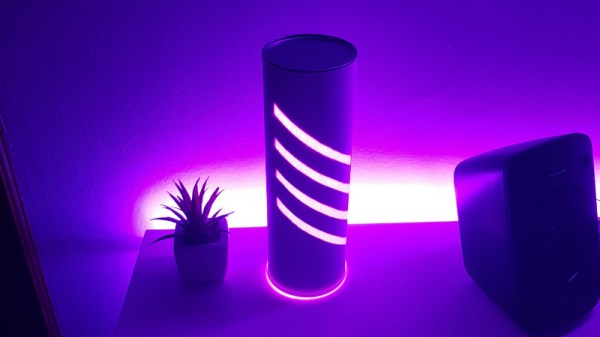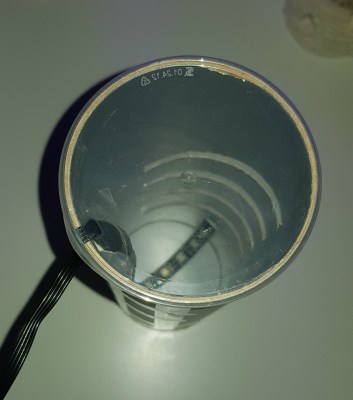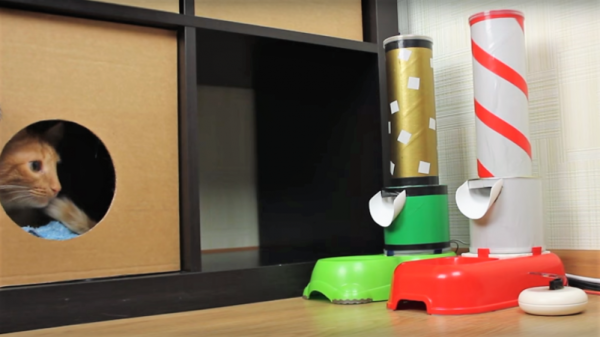Powder coating is a wonderful way to apply a smooth, colored surface to a part, whether for aesthetic reasons or corrosion protection. Traditionally, powder is applied via a air gun that sprays it towards a part while giving the grains an electrostatic charge. The part to be coated (generally metal) is hanging on a rack and given an opposite charge, and the powder readily flows to the surface and sticks well. The dry coated part is then placed in an oven which melts the powder into a solid, continuous surface. The main drawback of the process is that while simple parts with large surfaces are easy to coat, it can become difficult to get powder to flow evenly into deep crevices, or inside a hollow part such as a tube.
Enter fluidized bed powder coating — a process in which air shoots through a vat of powder, making it move like a fluid. A heated part can be dipped inside the vat, instantly melting a thin layer of powder around the part. This much simpler method is great at getting inside all those pesky crevices that traditional coating can’t touch, and hacker [Amper] was able to build a custom fluidized bed coater in a Pringles can. This rendition, inspired by this video tour of Dan Gelbart’s workshop, uses a coffee filter to evenly distribute the air flow supplied by a small compressor — [Amper] quickly learned that just sticking a tube in a bucket of powder results in more of a volcano than a nice, fluid surface. A burner heated up some pieces of metal that were then dipped them in the can, resulting in complete coverage, even inside the tiny 5 mm diameter hole down the center of a piece of 80/20 extrusion. Once [Amper] got the basic idea working, the idea scaled up into a larger machine that you can check out in the video below.
Powder coating is usually one of those processes though of as only viable in professional shops, but [Amper] along with some other intrepid hackers have done a great job demonstrating that it can be possible for the rest of us too. We’ve even seen some others experiment with fluidized bed coating before — it’s always great to see a process such as this one gradually become more and more accessible.
Thanks to [mip] for the tip!
Continue reading “Fluidized Bed In A Pringles Can Paints Parts Inside And Out”

